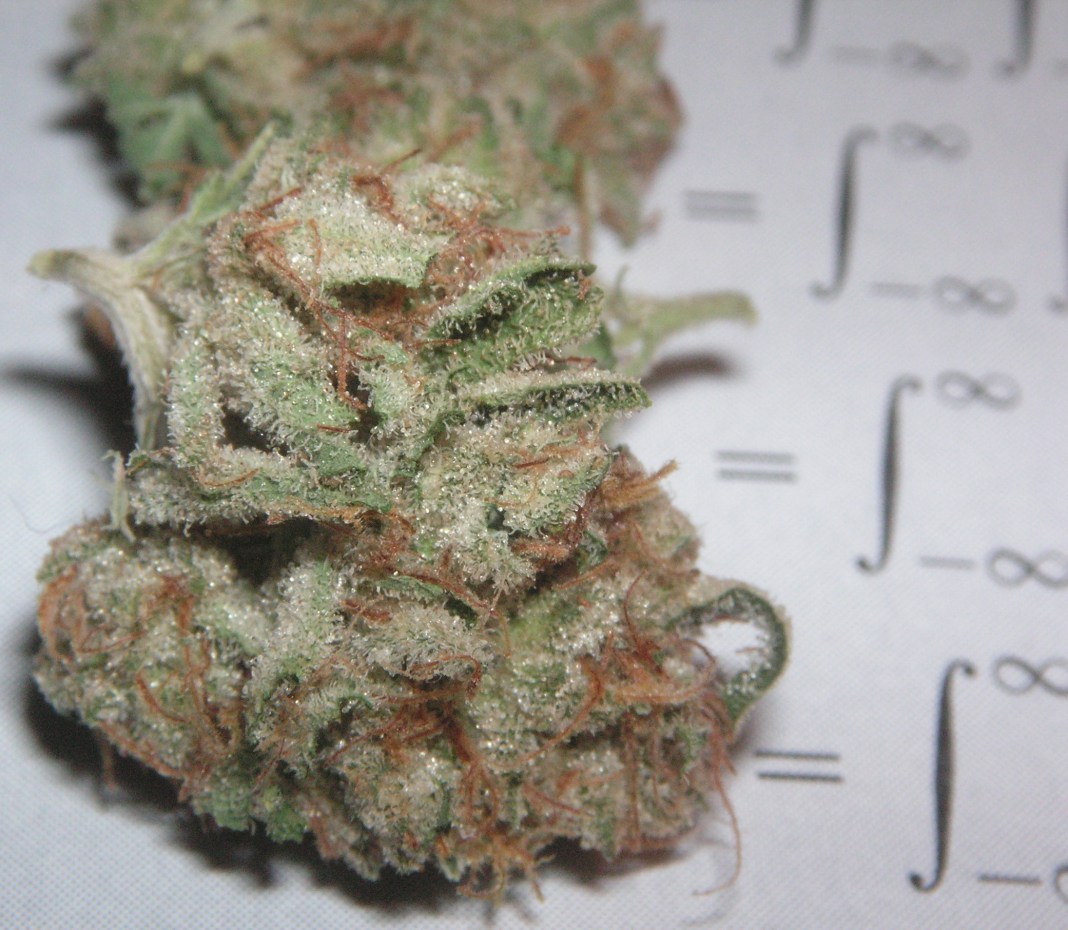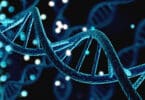Given all the differing opinions, whether they be in politics, medicine, religion, or economics, the one upon which we can all agree is that the children are our future
All that we are, and all that we accomplish in our life is nothing if not for the children as they are our successors. For our successors, cannabinoids may prove to be the new agent available that can slow or even cure them of cancer. There is anecdotal evidence that cannabinoids decrease tumor growth and progression in glioblastoma, but more studies need to be performed before its used can be recommended without reservation.
Marijuana, in the world of pharmacology is known as a cannabinoid. There are three types of cannabinoids.
- Cannabinoids that are produced from plants are known as phytocannabinoids. The most well studied is Δ9-tetrahydrocannabinol (THC), which is also the component with the most psychotropic properties. The second most common plant cannabinoid is cannabidiol (CBD). Its main difference from THC is that it has no psychoactive effects.
- Endogenous cannabinoid, or more properly called an endocannabinoid, is produced by the body. The two most well-known endocannabinoids are anandamide (AEA) and 2-arachidonoylglycerol (2-AG).
- Synthetic cannabinoids are produced by a laboratory. Those that have already been approved for cancer-related side effects (but not for the treatment of cancer) are Sativex (GW Pharmaceuticals), Dronabinol (AbbVie Inc), and Nabilone (Meda Pharmaceuticals).
The endocannabinoid system processes the phytocannabinoids and synthetic cannabinoids ingested. The two main cannabinoid receptors are CB-1 and CB-2. CB-1 has the highest concentration of receptors in the brain. CB-2 receptors are not found in the brain, but rather primarily in the immune system.
Cannabis was originally only used in cancer patients to counteract chemotherapy-induced nausea and vomiting. Its use was then expanded to alleviate pain, stimulate appetite, and to reduce wasting. Recently new research is investigating the role of cannabinoids in inhibiting cell proliferation of cancer cells which then result in the cell death (apoptosis) of cancer cells.
Currently many physicians have mixed feelings about the use of medical marijuana (cannabis) due to lack of information on the dose, frequency, use, side effects, and drug interactions. The medical opinions on prescribing cannabinoids range from aggressive to extremely cautious.
Children, by the nature of their young age, possess a developing brain. As THC exerts its greatest effects on the brain, one must be extremely vigilant in the act of prescribing such an agent to one whose brain is not yet fully formed. Though it is agreed upon in the medical arena that cannabis has benefits in treating patients with cancer, we do not yet know what, if any, long-term side effects it has on the child’s brain.
In 1975, it was shown that cannabinoids reduced tumor growth. Due to the political arena, further work was not done until the 2000’s. In subsequent studies, cannabinoid receptors were found in several adult tumors, such as glioma, prostate, breast, leukemia, lymphoma, pancreas, melanoma, thyroid, colorectal, and hepatocellular. When the receptors on these tumors were activated by cannabinoids, the result was a suppression of tumor growth, inhibition of tumor invasion into blood vessels, and prevention of tumor metastasis. However, these studies were done in a laboratory – they were not performed on human test subjects.
Conversely, there were also studies showing that THC increases cancer risk in breast, liver and the lung due to a suppression of the patient’s immune function. As well, these studies were also not done on people. The research was performed in a laboratory setting.
Contrary to the previous studies, there finally was a clinical trial conducted on human subjects in the treatment of cancer. It was performed in patients with glioblastoma. It showed that THC decreased tumor growth and progression. However, it was limited by small sample size and the absence of a control group.
As yet, there have been no reliable studies on the use of cannabinoids in children. At best, there are only anecdotal case reports that demonstrated regression of tumor during cannabinoid treatment. These children were terminally ill and the cannabinoids were used during palliative care treatment.
Studies currently underway in children use cannabinol (CBD), as this type of cannabinoid does not act upon the brain and consequently lacks any psychoactive effects. Thus, this proposed treatment is felt to be safer for use with the pediatric population.
It is my opinion, as a successful doctor, cannabinoids have a role in the treatment of children with cancer. The main reason is because there are cannabinoids that exist that completely lack the central effects which are the primary concern in a child’s developing brain. Its use in children presently would be premature. Well-controlled studies have yet to be done. This may prove impossible as the emotional effects of the healthcare personnel when treating a child suffering with cancer may preclude him or her from enrolling the child in a study “just to see”. However, this may also be the primary motivating factor to do just that – give each child any opportunity available to have a chance to live a life free of pain and as well, free of cancer.
References:
Golan H, Fisher T, Toren A. The role of cannabinoids in the treatment of children with cancer. IMAJ 2017; 19: 89-94.
Munson AE, Harris LS, Friedman MA, Dewey WL, Carchman RA. Antineoplastic activity of cannabinoids. J Natl Inst 1975; 55 (3) 597-602.
Guzman M. Cannabinoids: potential anticancer agents. Nature Rev Cancer 2003; 3 (10): 745-55.
Qamri Z, Preet A, Nasser MW, et al. Synthetic cannabinoid receptor agonists inhibit tumor growth and metastasis of breast cancer. Mol Cancer Ther 2009; 8 (11): 3117-29.
McKallip RJ, Nagarkatti Mm, Nagarkatti PS. Delta-9-tetrahydocannbinol enhances breast cancer growth and metastasis by suppression of the antitumor immune response. J Immunol 2005; 174 (6): 3281-9.
[Image credit- Wikimedia.Commons]








